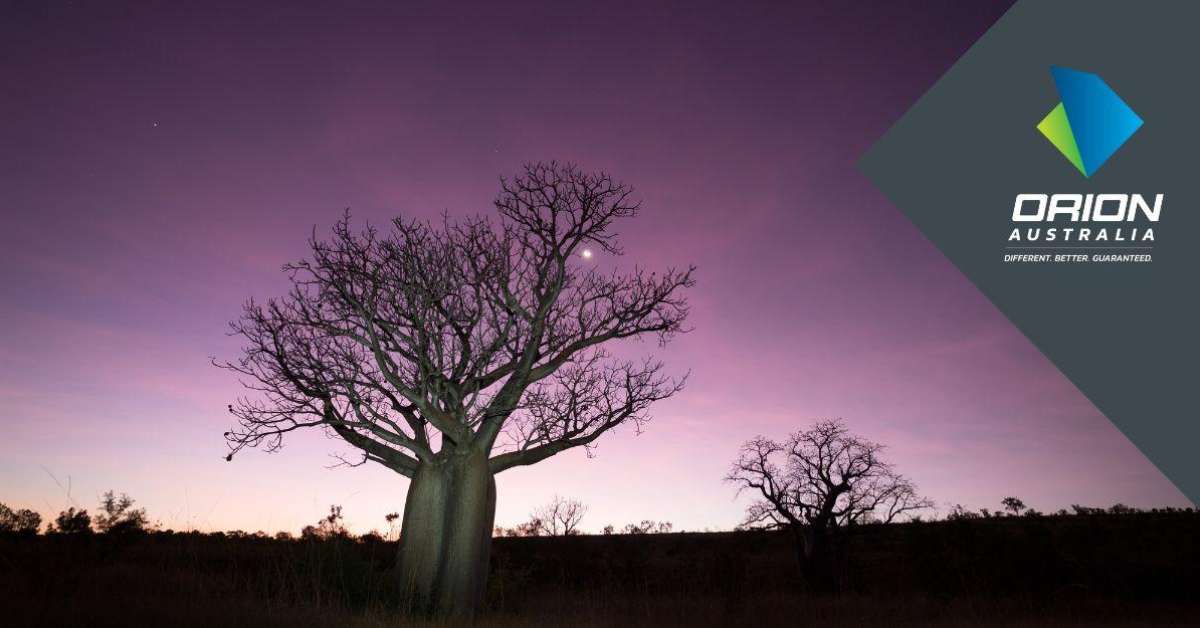14 February 2024
Water Conservation Series – Drought Resistant Plants
Fascinating facts - Boab Tree
Whether we are avid gardeners or simply relish being outdoors during the summertime we could appreciate the respite offered by a shady tree on a hot day. But what if that tree provided you with a nice cool drink of water? Well, that’s exactly what this blog will uncover, a family of trees that are not only drought-resistant but serve as water reservoirs, sources of food, and natural shelters.

There are eight species of Boab trees worldwide and in this blog, we’ll investigate the Australian and African species though Madagascar is renowned as the home of the Baobab.
Adapting to their surroundings, they absorb and store water in their vast trunks for times in need. They are subtropical succulents requiring sandy/sandy loam soils that are well drained and prefer full sun in an exposed site. Remarkably they may live to 3000 years old!
One noteworthy species is Adansonia gregorii, an endemic tree occurring in the Kimberley region of Western Australia and extending into the Northern Territory. Known as Boab in Australia, but in Africa, they call them Baobab. The name difference is believed to be of Aboriginal origin. The Wyndham Boab Prison tree in Derby, Kimberley, attracts tourists with a history dating back to the 1890’s. Once used as a prison to hold indigenous prisoners before sentencing it is believed to be around 1500 years old and boasting a 14m circumference.
Attributes: Almost every part of the tree can be eaten and contains many vitamins and minerals. The aboriginal people utilise it for medicinal purposes as well as in crafting in making rope, baskets, and nets. After the attractive fragrant flowers have faded a fruit develops in the seed pod having a mild lemon sherbet flavour. Crucially the central wood pulp being of a spongy nature serves as a water source during the dry season allowing these trees to endure years without rainfall.
Another remarkable species is Adansonia digitata, the African variety and with over 300 life-sustaining uses it is called “The Tree of Life”.
Attributes: They can store up to 100,000 litres of water when the trunks are hollowed out and function as natural water tanks. The trunk contracts in the dry season and expands again when water is abundant. The bark has a watermelon-like flavour and the African elephants chew on the flesh, the inner part of the tree and this can quench an elephant’s thirst. Whilst this can harm the tree it’s not all that bad as they help in the propagation of more trees. In Zimbabwe, one Baobab trunk can provide shelter for 40 people!
In conclusion, we can see the vital role these succulents play with their versatility by providing food, shelter and resources as well as being a visually striking plant to look at despite the dry conditions it tolerates.


